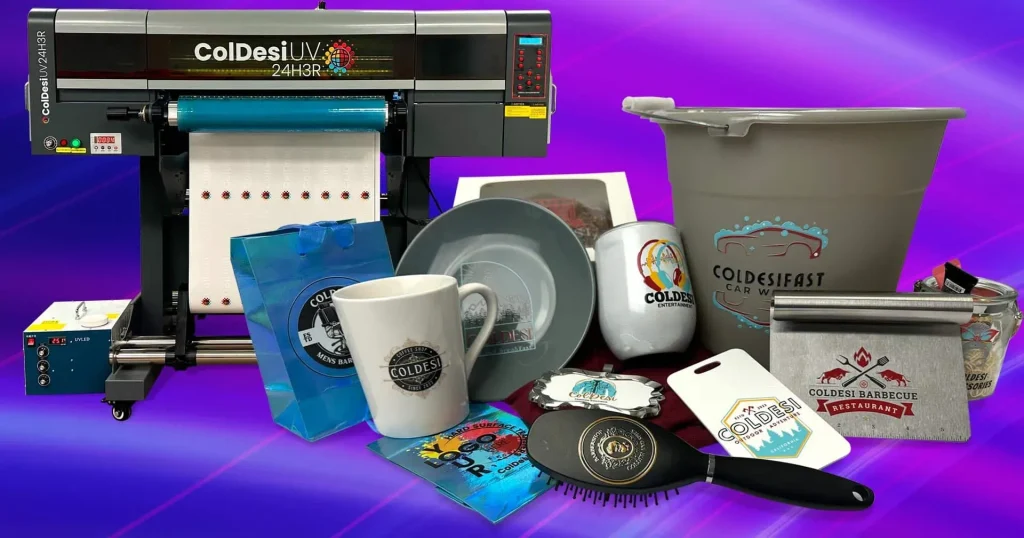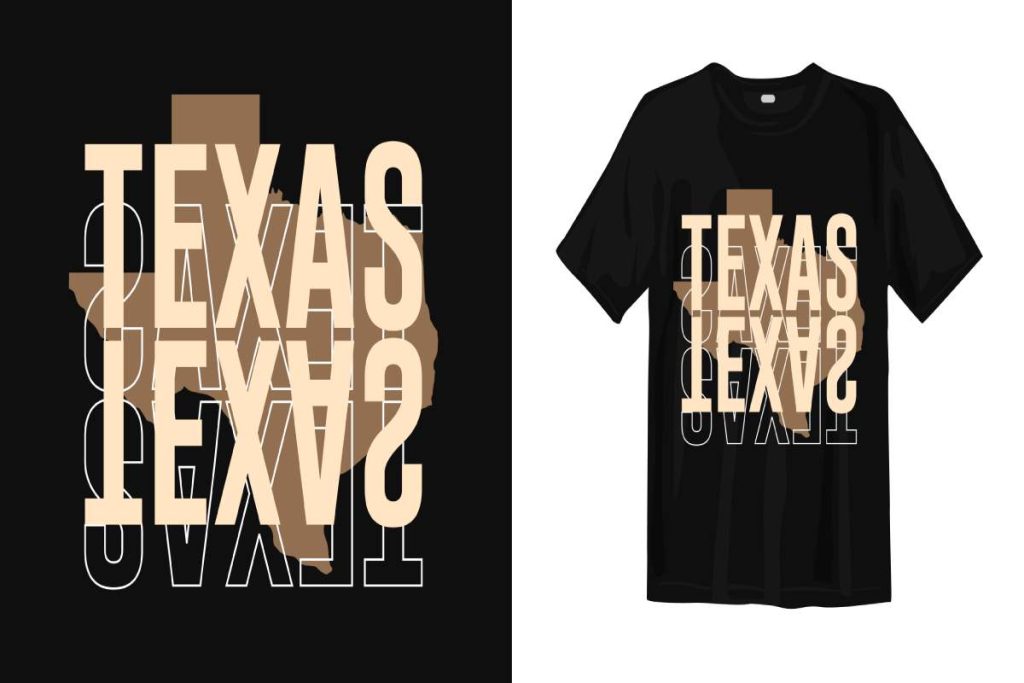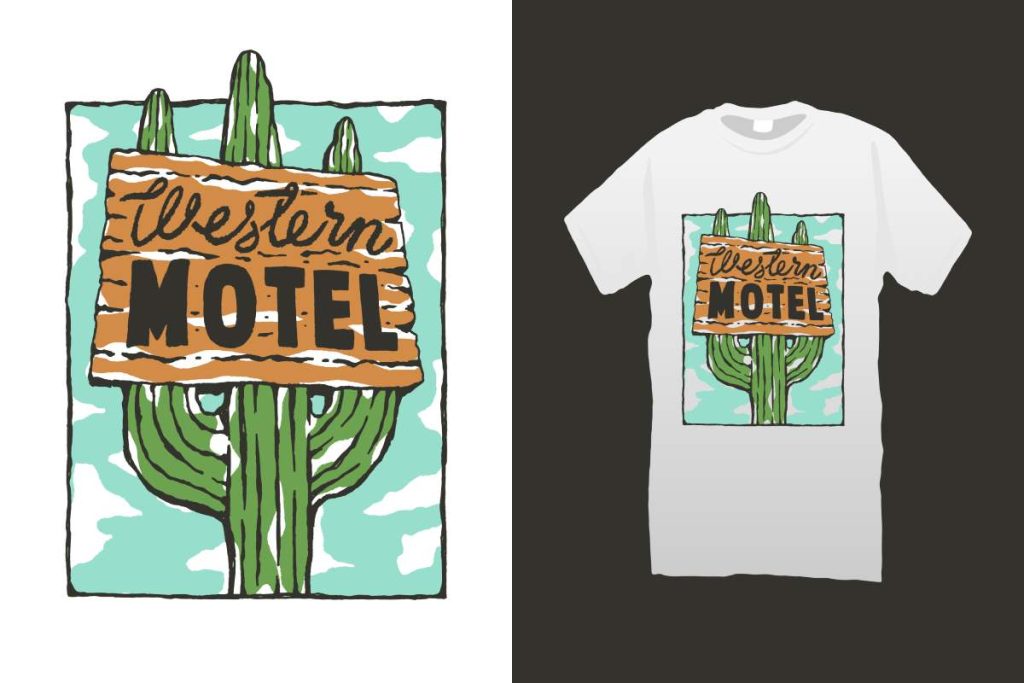In the ever-evolving landscape of printing technology, **UV DTF printing** stands out as a compelling innovation that is reshaping how businesses approach their printing needs. Unlike traditional printing methods that have served us for decades, UV Direct-to-Film printing offers a unique blend of quality and versatility, making it an attractive option for various industries. This article explores the advantages and disadvantages of UV DTF, positioning it against established printing methods such as screen printing and offset printing. As we delve into UV DTF’s pros and cons, we’ll uncover how this modern technique enhances visual appeal while addressing common challenges faced by traditional printing methods. By understanding these nuances, businesses can make informed decisions to elevate their printing strategies and meet the rising demands of customers.
Emerging as a noteworthy contender in today’s printing arena, UV DTF technology, also known as ultraviolet direct-to-film printing, employs cutting-edge techniques to produce vibrant prints that are ideal for a multitude of substrates. This advanced printing method contrasts sharply with conventional techniques that have dominated the market for years, often defined by their limitations and cost structures. Exploring the various aspects of UV DTF, from its unmatched color fidelity to its application versatility, sheds light on its potential as a game-changer for print-centric businesses. Furthermore, comparing UV DTF with traditional printing methods, such as screen printing advantages and other established printing techniques, will give a comprehensive understanding of the modern printing landscape. As we network through these discussions, you’ll discover why embracing new printing technologies might be crucial for achieving greater success.
Understanding UV DTF Printing
UV DTF (Direct-to-Film) printing is an innovative process that has transformed the traditional landscape of image reproduction. It involves applying specially formulated inks onto a film substrate, which is then cured using ultraviolet lights. This method results in prints that boast exceptional clarity, vibrant colors, and an impressive range of application across different surfaces. Many industries are embracing UV DTF printing for its ability to produce high-quality graphics, which is essential in a market that demands visually appealing products.
The technology underpinning UV DTF printing allows for immediate drying and curing of inks, setting it apart from conventional printing techniques. This translates to faster turnaround times and the ability to handle rush orders efficiently. As businesses continue looking for ways to enhance productivity while maintaining high standards of quality, UV DTF offers an attractive solution by combining speed with outstanding print fidelity.
Advantages of UV DTF Printing
One of the most significant advantages of UV DTF printing is its versatility. Unlike traditional printing methods, such as screen printing or offset printing, which often require specific substrates, UV DTF can effectively print on various materials, including metals, plastics, and textiles. This flexibility allows businesses to cater to a wider array of customer needs and explore diverse markets without being restricted by material compatibility.
Additionally, the durability of UV DTF prints is noteworthy. The curing process enables the inks to bond effectively with the substrate, resulting in prints that are resistant to scratches, fading, and moisture. This makes UV DTF printing an excellent choice for items that undergo heavy wear, such as promotional products and outdoor signage, where longevity is essential.
Limitations of UV DTF Printing
Despite its numerous benefits, UV DTF printing does come with a few challenges. One prominent issue is the high initial investment associated with the technology. The machinery and setup costs can be daunting, particularly for small to medium-sized businesses who may find traditional printing methods more cost-effective for their current output levels. This high entry cost can inhibit many from adopting UV DTF technology.
Furthermore, UV DTF printers can require more frequent maintenance due to their sensitivity to environmental factors. For businesses operating in fluctuating climates, optimal care involves strict temperature and humidity controls to ensure consistent printing performance. This necessity can lead to unexpected downtime and additional operational costs if not effectively managed.
Exploring Traditional Printing Methods
Traditional printing methods, such as screen printing and offset printing, have been foundational in the industry for decades. These techniques are often preferred for high-volume orders, especially in scenarios where costs need to be minimized. Screen printing, in particular, lends itself well to apparel and merchandise due to its ability to produce bold colors and intricate designs effectively.
However, these traditional methods come with limitations, especially regarding the diversity of substrates that can be utilized. Many businesses face challenges when clients request printing on non-conventional materials, leading to potential revenue loss. Moreover, the setup process for traditional printing can be lengthy, impacting turnaround times and overall efficiency.
Pros of Traditional Printing Techniques
One notable advantage of traditional printing techniques is their cost-effectiveness for large orders. For high-volume runs, methods like screen printing can significantly reduce the per-unit cost, allowing businesses to maximize profitability while still delivering quality products. This is particularly advantageous for companies that specialize in bulk orders, such as custom apparel.
Established traditional printing processes also provide a level of reliability that new technologies may not yet match. Over years of refinement, these methods have developed established quality control measures, ensuring consistency across print runs. This established reliability has led many businesses to continue relying on traditional printing for their primary production needs.
The Resilience of Traditional Printing
While there are challenges associated with traditional printing, these techniques remain resilient in various settings. For instance, traditional methods excel in delivering vibrant colors and intricate designs that can attract consumers’ attention, a notable advantage when compared to newer methods that may struggle with certain design complexities.
Moreover, many individuals within the printing industry have built substantial knowledge around traditional methods, creating a solid foundation of skills and expertise. This wealth of knowledge can be invaluable when navigating complex projects, ensuring that client specifications are met efficiently while maintaining high standards.
Frequently Asked Questions
What are the advantages of UV DTF printing compared to traditional printing methods?
UV DTF printing offers several advantages over traditional printing methods, including exceptional print quality with vibrant colors and sharp details. Additionally, it has a versatile application on various substrates, including textiles, plastics, and metals, making it suitable for diverse industries. Moreover, UV DTF prints are more durable and resistant to fading, scratching, and moisture.
How does UV DTF printing maintain quality over traditional printing techniques?
UV DTF printing maintains high-quality prints due to its unique curing process, where ultraviolet light solidifies the ink directly onto the film, ensuring strong adhesion and detail retention. This results in a sharper, more vibrant output compared to many traditional printing methods, which often struggle with consistency and quality variability.
What are the main drawbacks of UV DTF printing in comparison to traditional printing?
The primary drawbacks of UV DTF printing include higher initial investment costs and more stringent maintenance requirements. These printers can also be sensitive to temperature and humidity, which may affect their operation. In contrast, traditional printing methods, such as screen printing, are often more established and can be cost-effective for high-volume jobs with lesser upfront expenses.
Is UV DTF printing better for eco-friendly practices than traditional printing methods?
Yes, UV DTF printing can be more eco-friendly than traditional printing methods as many UV printers utilize environmentally friendly ink formulations, like eco-solvent inks, which are less harmful than conventional solvent-based inks. This feature appeals to businesses looking to improve their sustainability and social responsibility.
How does UV DTF printing cope with substrate versatility compared to traditional printing techniques?
UV DTF printing excels in substrate versatility, allowing high-quality printing on a wide variety of materials, including wood, metal, and plastics. This contrasts with traditional printing techniques, such as screen printing, which often have limitations in material compatibility, restricting options for businesses needing diverse printed products.
In what scenarios is screen printing still preferred over UV DTF printing?
Screen printing is often preferred for large-volume production runs due to its cost-effectiveness, particularly for apparel and textiles. It also benefits from established methods and a wide color range, making it suitable for designs that require multiple unique effects. Moreover, screen printing can be quicker to set up for bulk orders compared to the time-consuming initial setup for UV DTF printing.
| Aspect | UV DTF Printing | Traditional Printing Methods |
|---|---|---|
| Pros | High-quality prints with vibrant colors | Cost-effective for high volume production & established processes |
| Versatility | Can print on various substrates (textiles, plastics, metals, etc.) | Broad color range and unique techniques available |
| Durability | Resistant to fading, scratching, and moisture | Consistency may vary – risk of errors and discrepancies |
| Eco-Friendliness | Offers environmentally-friendly ink options | Traditional inks may be less eco-friendly |
| Cons | Higher initial investment and maintenance requirements | Limited substrate compatibility and longer setup time |
Summary
UV DTF Printing is revolutionizing the printing industry by combining flexibility and high-quality output that meets diverse customer demands. With its ability to produce vibrant and sharp prints on a wide range of substrates—from textiles to plastics and metals—UV DTF stands out as a versatile option ideal for contemporary business needs. Despite the higher initial investments and greater maintenance demands compared to traditional printing methods, the advantages of durability and eco-friendliness make UV DTF a compelling choice for those seeking advanced printing solutions. As the market for UV DTF continues to grow, businesses must weigh the pros and cons of this printing technique against traditional methods to determine the best fit for their operations.



